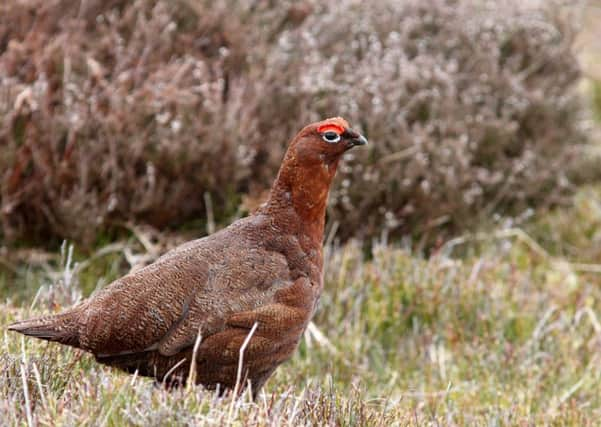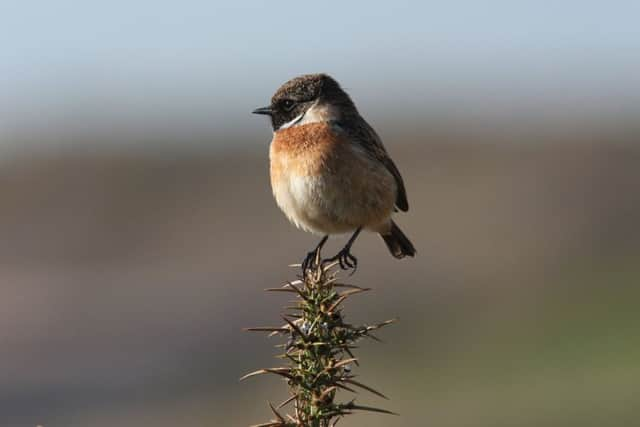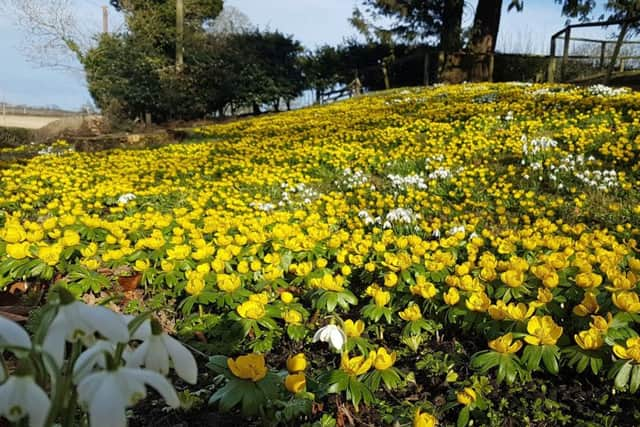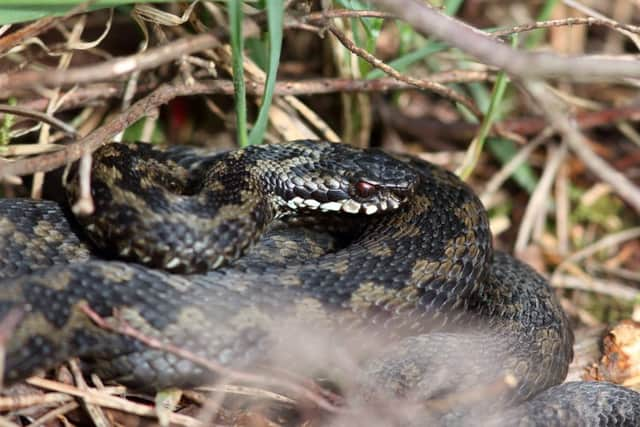NATURE NOTES: There are early signs of spring if you look closely
This article contains affiliate links. We may earn a small commission on items purchased through this article, but that does not affect our editorial judgement.


In the local countryside, the late winter period is just about to make way to the first stirrings of spring.
It was with this in mind that last Sunday morning I headed across to Alnwick to meet a friend for a wander on the moors to see what we could find.


Advertisement
Hide AdAdvertisement
Hide AdBefore I got to Alnwick, one of the first signs, and one of my favourites to see, is the glorious floral display of snowdrops and winter aconites alongside the main road to Seahouses at Denwick Church.
Each year, this small patch seems to spread wider and the sunny golden glow seems to get even brighter than in previous seasons. Not a true wild flower, the winter aconite is a naturalised species that grows in short grass under trees in several areas around Alnwick district.
The yellow, dotted with patches of white snowdrops, is a delight to see.
For a great snowdrop spectacle, however, by far the best place to see them is Howick Hall. There seems to be a good display this year, with huge swathes of white brightening up the darker ground.


Advertisement
Hide AdAdvertisement
Hide AdIf you visit, look out for the rare yellow Northumbrian form lurking in the masses of white and green familiar varieties.
February is a good month to see barn owls too. As I turned on to the A1 near Denwick, one flew silently across the road. These birds are resident here and can be seen in all months, but in February and November it’s as if they haven’t adjusted their clocks for the nights getting shorter and longer so are often seen hunting over rough grassland in broad daylight.
Over the last couple of weeks, I have met the white owl at Craster, Dunstan, Howick, Alnwick and Ratcheugh as they float around, soft as thistle down, listening intently for the movement of a vole hidden in the grass.
I met up with John in Alnwick and within 15 minutes we were up on the moors to the west. The area around Corby Crags and Brizlee is a wide open, wild-looking place with masses of heather, gorse and outcrops of rock. The fields are damp and full of rush while stands of trees are made up mainly of birch, alder and non-native pines.


Advertisement
Hide AdAdvertisement
Hide AdWe soon came across the first adders of the year emerging from hibernation. February is still a little early, but they can usually be found if the weather is favourable.
March and April is a better time to look for them as they bask out early in the morning sunshine.
South-facing bank sides on the moor with some scrub nearby are good places to look, but if you are lucky enough to find one or two, please keep your distance and try not to disturb them. If they are not allowed to bask, they will remain cool and sluggish and struggle to find food later on.
While we were walking, a few birds were noted. Stonechats flitted around the gorse and heather, crossbills in noisy parties were ‘chip chipping’ overhead and red grouse were calling ‘go-back go-back’ as they jump to display from a raised hump in the ground.
Advertisement
Hide AdAdvertisement
Hide AdThe first upland returning meadow pipits and skylarks were starting to sing and mark out their territories for the coming breeding season.
A few optimistic insects were out too, though we didn’t find any bumblebees.
A seven-spot ladybird basked, like the adder, in lichen on the bark of a south-facing alder trunk.
There may not be the diversity of wildlife that is available in the true spring, but it is still nice to get a taster of what is to come after those long winter nights. It pays not to be too complacent about the weather at this time, it is a long way to go until the swallows are back.
Read Stewchat at www.boulmerbirder.blogspot.com Twitter: E@Stewchat